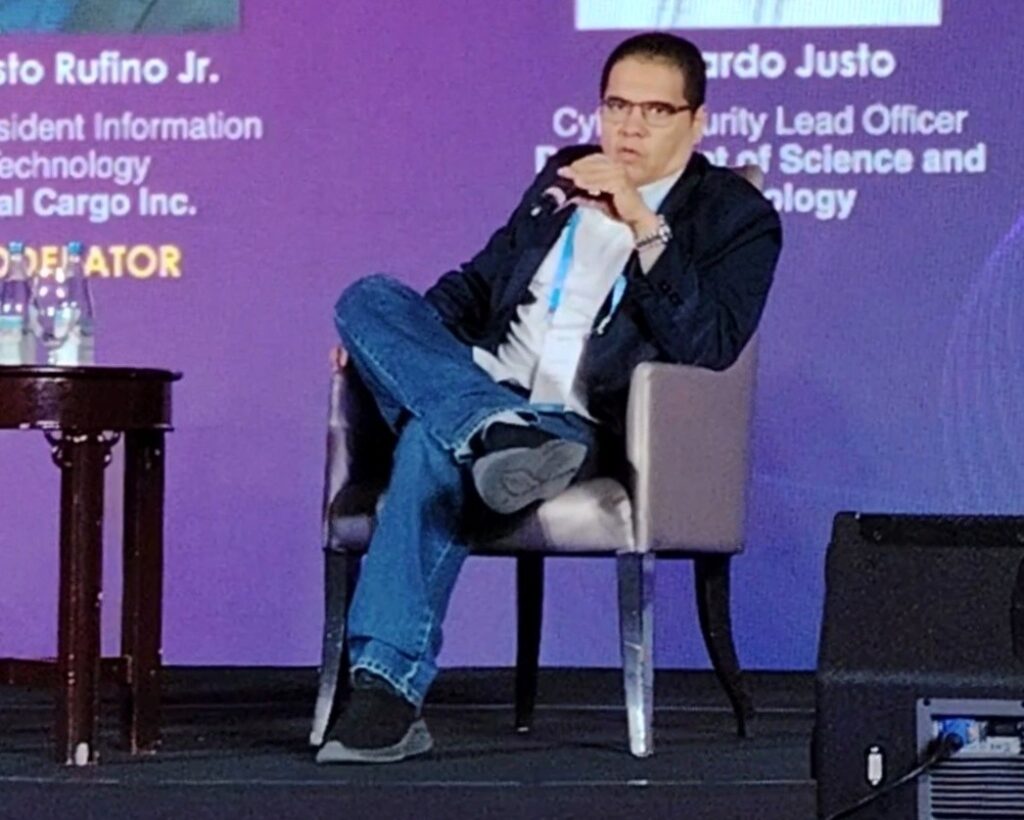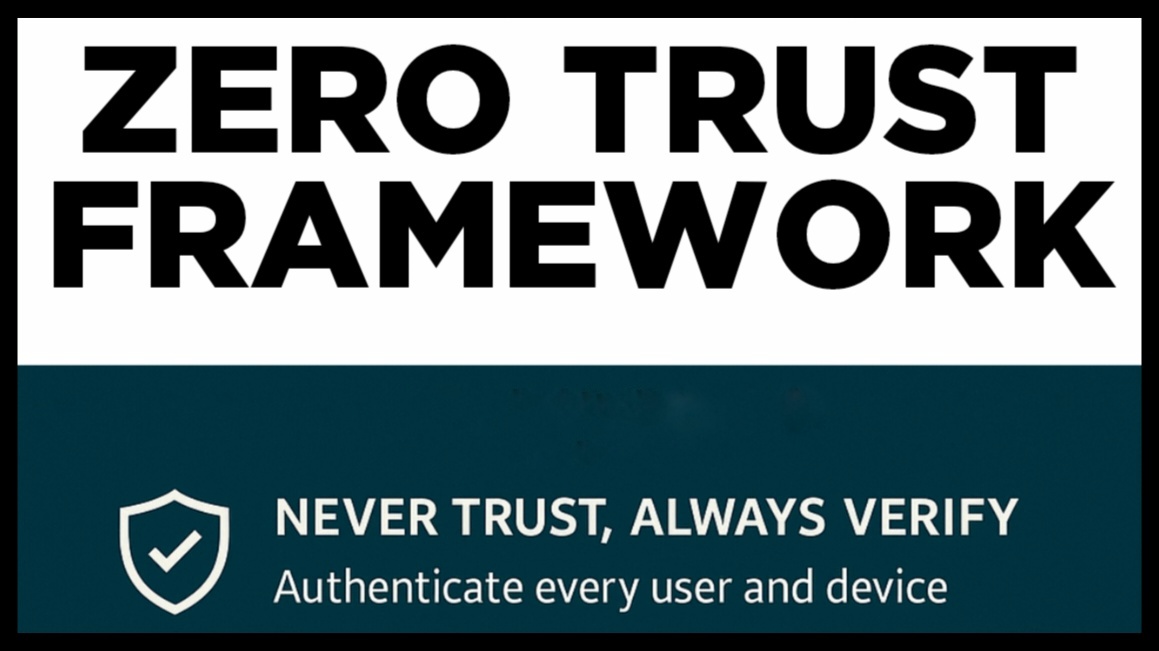Zero Trust framework gains ground at Manila digital summit

Organizations must prioritize adopting a Zero Trust security framework as the foundation of digital transformation, a Philippine cybersecurity official said on Thursday during the Digital Transformation Summit in Manila.
Eduardo Justo, cybersecurity lead officer at the Department of Science and Technology, emphasized that Zero Trust is often misunderstood as overly complex, when in fact, it should be the starting point for any serious digital security strategy.
“Most organizations think that Zero Trust is something complicated — a complicated part of information security. But actually zero trust is the digital transformation of cybersecurity,” Justo said. Thus, organizations must see it as their first line of defense to protect digital assets and data.
The Zero Trust model requires continuous identity verification for every user, device, and application — regardless of location or network. Unlike the traditional “castle-and-moat” approach, it assumes breaches will occur and enforces strict access controls and verification at every layer.
The framework is built on five core principles:
▪️Never trust, always verify: Every user and device must be authenticated.
▪️Least privilege access: Grant only necessary permissions.
▪️Micro-segmentation: Limit lateral movement within the network.
▪️Continuous monitoring: Detect and respond to anomalies in real time.
▪️Assume breach: Design systems with the expectation of intrusion.
Justo clarified that implementing Zero Trust does not replace traditional tools like firewalls but builds upon them. A mature security baseline is needed, supported by global standards such as the NIST Cybersecurity Framework (CSF) and ISO 27001.
The NIST-CSF offers a flexible, risk-based approach for identifying and managing cyber threats, while ISO 27001 requires structured documentation and formal processes to establish an Information Security Management System (ISMS).
He also outlined four key capability pillars essential to Zero Trust deployment: visibility and analytics, orchestration and automation, and governance — the latter being the most crucial.
Additionally, Zero Trust improves regulatory compliance and supports modern workplace setups, including remote work and cloud integration. Its benefits include reduced risk of data breaches, improved risk management, and a smaller attack surface.
Cybersecurity experts believe that in today’s environment, Zero Trust is no longer optional — it’s essential. Digital transformation without cybersecurity is a risk no organization can afford to take.



0 Comment